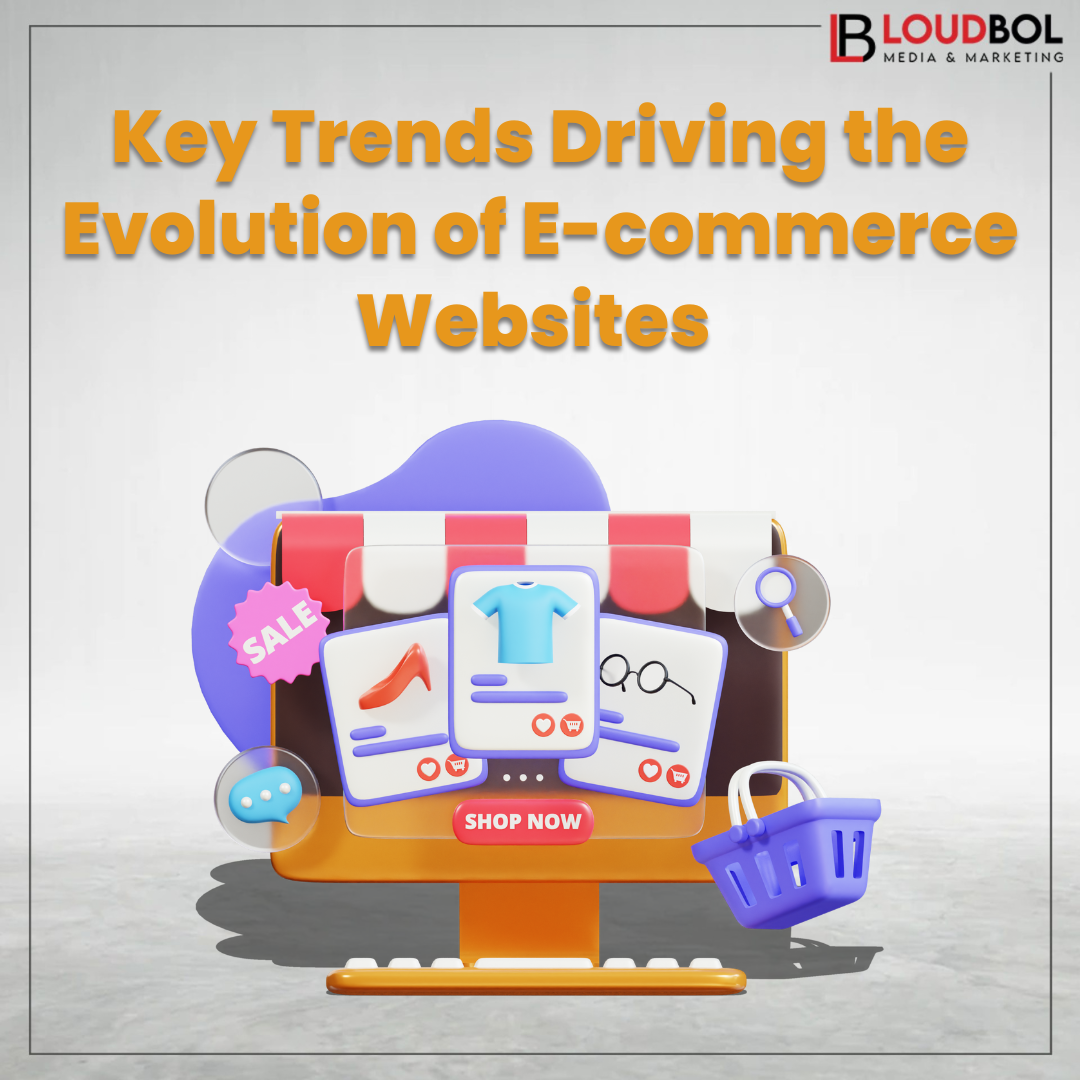The world of e-commerce is constantly evolving, and businesses that want to stay ahead of the curve need to be continually innovating. One of the most important trends in e-commerce is the increasing focus on the customer experience. E-commerce websites are becoming more personalized, more engaging, and more convenient than ever before.
So, let take a look at some of how e-commerce websites are evolving to meet the needs of today’s customers. We will also discuss the benefits of these changes for both businesses and customers.

The Rise of Personalization:
One of the cornerstones of E-commerce 2.0 is personalization. Gone are the days of generic recommendations and one-size-fits-all marketing. E-commerce platforms are leveraging advanced technologies like artificial intelligence and machine learning to curate tailored experiences for each customer.
From personalized product recommendations based on browsing history to targeted email campaigns that resonate with specific interests, personalization is becoming the norm. This not only enhances customer satisfaction but also drives conversions and loyalty.
The Importance of Engagement:
In the age of information overload, capturing and holding consumer attention is paramount. E-commerce 2.0 is addressing this challenge by prioritizing engagement. Interactive elements such as live chat, virtual try-ons, and augmented reality (AR) are transforming the shopping experience into a more immersive and enjoyable one.
Moreover, social media integration has become a staple in E-commerce 2.0. By enabling customers to share their purchases, reviews, and experiences on social platforms, brands can foster a sense of community and amplify their reach.
The Convenience Factor:
Convenience is another key driver of E-commerce 2.0. Customers expect seamless and efficient shopping experiences, from easy navigation to fast and reliable delivery. Mobile optimization has become essential, as more and more consumers are turning to their smartphones for shopping.

Additionally, flexible payment options and hassle-free returns policies are becoming standard features. By prioritizing convenience, e-commerce businesses can reduce friction in the shopping process and increase customer satisfaction.
The Omni-Channel Experience:
The lines between online and offline shopping are blurring. E-commerce 2.0 is embracing an omni-channel approach, where customers can seamlessly transition between digital and physical channels. This includes features like buy online, pick up in-store (BOPIS), and click and collect.
Moreover, augmented reality (AR) and virtual reality (VR) are being used to bridge the gap between online and offline experiences. Customers can visualize products in their homes or try on clothes virtually, providing a more immersive and personalized shopping experience.
The Future of E-commerce:
As technology continues to advance, we can expect E-commerce 2.0 to evolve further. Voice-activated shopping, artificial intelligence-powered virtual assistants, and even blockchain-based solutions are on the horizon.

The future of e-commerce is exciting, and businesses that embrace these trends and prioritize customer experience will be well-positioned to thrive in the digital age.
In conclusion, E-commerce 2.0 is a paradigm shift that is revolutionizing the way we shop. By focusing on personalization, engagement, convenience, and an omni-channel experience, businesses can create a more satisfying and memorable shopping journey for their customers. The future of e-commerce is bright, and the opportunities for innovation are boundless.
Read more blogs at https://loudbol.com/blogs/




Average Rating